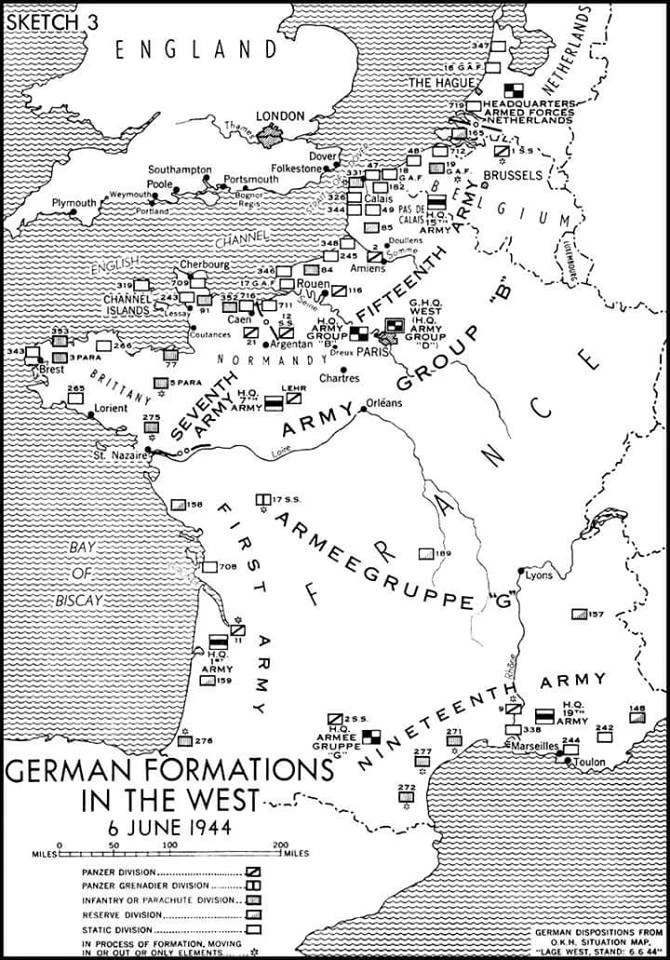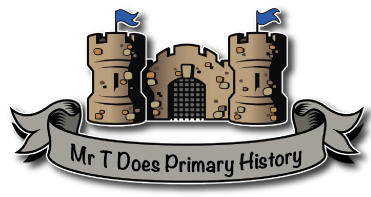This map really highlights the sheer scale of the operation involved in D-Day itself. The number of men involved on both sides of the channel was unprecedented and is still an astonishing achievement in terms of coordination and application today!

There are a number of ways in which we can commemorate this anniversary in an age-appropriate manner. Some of those suggestions are listed below:
1) How the home front played a part
2) The different roles people worked to make D day a reality
3) The invasion itself
The Home Front:
KS1
Giving some background information on what Britain was like in the war helps children to understand the impact of war beyond the deaths on the battlefield. It also gives it a appropriate angle for KS1 to teach.
Begin with a photo like the one mentioned shown in the suggested link and use an inference grid to show what we can see from the photo and then, depending on the children’s ability, you can infer their emotions and what they may be thinking.
LKS2
If children are older, they could narrate parts of this video using the children’s emotions and expressions. This focuses attention on empathy and why they may be moving away with no adults.
If you feel it’s appropriate, it may very well be worth covering the blitz and the damage it caused which caused evacuation. It’s important to keep at an appropriate level but give children enough evidence as to how serious an issue it was. Bomb Sight shows the extent London was attacked and supporting photos of landmarks would support their understanding and Newsround has some great sources to use.
What did People do to Prepare for D-Day?
The first thought that appears when we talk about D-Day is the soldiers for obvious reasons I’m sure. The map at the top of this blog shows the extent to which areas were involved and this map from Newsround is a really effective start point.
At home, the work of Bletchley Park is really well known and breaking the enigma codes was vital in ensuring success. The work of Mavis Batey was vital and really worth celebrating and showing the role of STEM subjects in every aspect of life.
The way the Allies sought to confuse and distract the Germans while preparing for D-Day is a really interesting way to look at the idea of a ruse like the Trojan horse.
The Invasion:
This video from Newsround from the 70th anniversary provides evidence at an appropriate level and is as much detail as I’d want to go into.
